Helping Small Kids Deal With Big Emotions
Antoinette Steyn • November 30, 2020
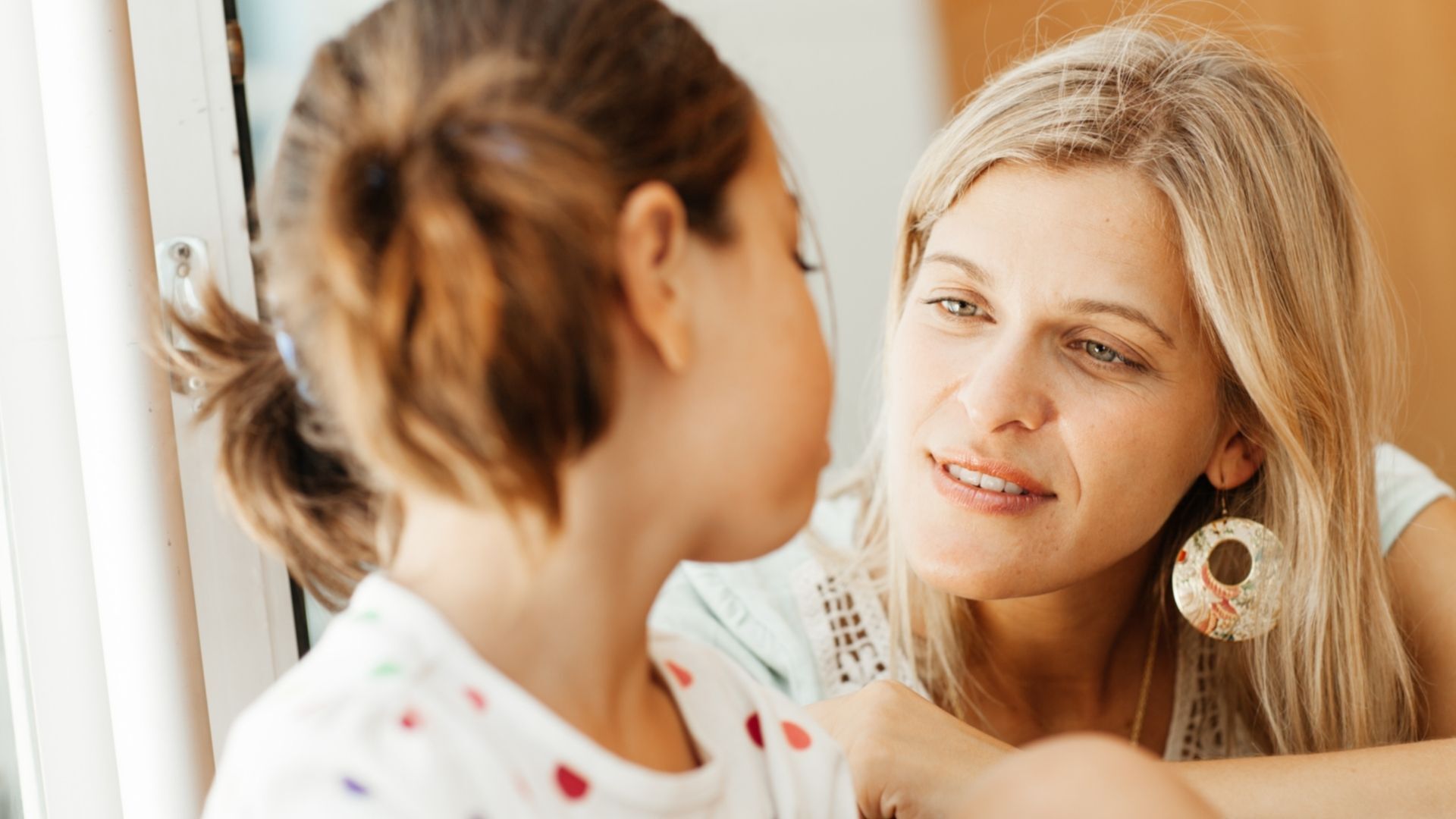
Things you can do with your child at home to contribute to their understanding of emotions:
- Play role play games. E.g. where you get sad in the game and your child has to comfort you or where you get excited in a game and your child has to learn to be happy with you.
- Create tools for your child to support difficult emotions like anger and sadness. E.g. Use a “Time Bottle” (bottle of water and glitter) and give it to your child as a tool. When your child is very angry he or she can take the bottle, after a good shake, and sit somewhere in a quiet space until all the glitter settles down in the bottle. This “time bottle” can be used for different situations where the child needs some time to reflect, calm down or even be calmed. Other coping strategies can include having a break and jumping on the trampoline. Another example is to do something comforting for your child when he/she is sad like him/her going to their “favourite spot” in the house, which you can create in his/her room. I created a “reading corner” in my child’s room. Whenever he needed time alone he adapted the behaviour of going to his “reading corner” and sitting quietly whilst paging through his favourite books or playing with a favourite toy such as building blocks.
- Start teaching your child appropriate ways to deal with feelings that are uncomfortable. Children need to be taught that just because they feel angry, they can’t simply break things or hit someone. Instead, they need to learn skills to manage their anger and resolve conflict peacefully. This is often achieved if they can be taught to verbalise their feelings.
- Keep on encouraging your child to make use of words to express how they feel. This can also assist them to stand up for themselves without lashing out and retaliating.
- It is important to reinforce your child’s positive behaviour with consequences which is also positive. When you find that your child is verbalising his emotions in a certain situation praise their efforts.
- Keep on modelling healthy behaviour and emotional reactions as a parent. Verbalise some of your emotions as well to use as an example for your child. E.g. “I am so mad that car almost bumped into us and I really got a fright” take deep breaths and calm down so that your child can see that you deal with your own emotions and feelings. When you get mad as well and shout at the other car, your words afterwards in trying to explain yourself to your child are likely to fall on deaf ears.
Share Post
Complete the following form if you require more info about EQ4kids or want to enroll your child at your nearest Franchise.
Blog Enquiry
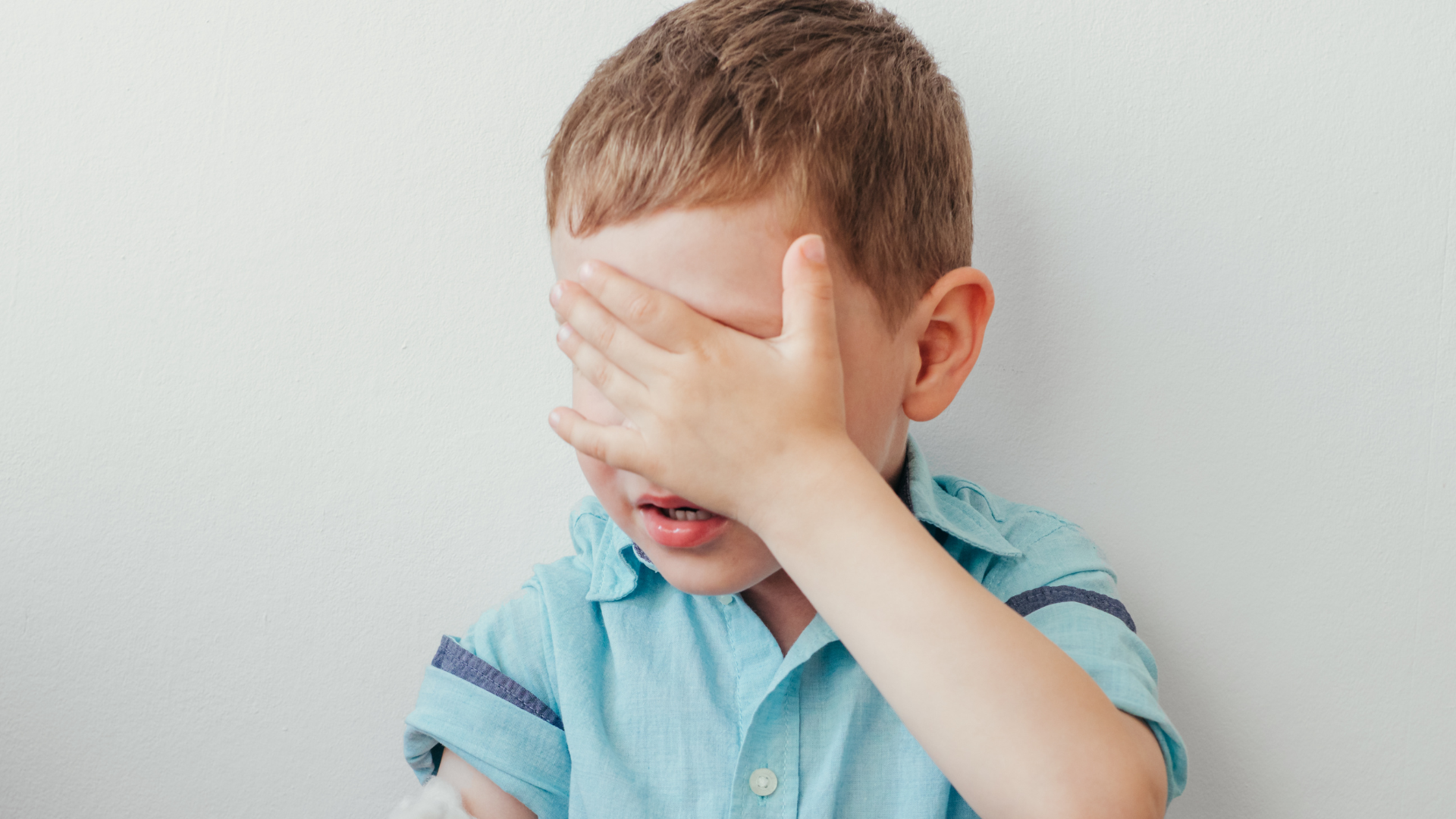
Fear is a natural and universal emotion that everyone experiences at some point. For children, fear can stem from a variety of sources—whether it’s the fear of the dark, separation from parents, new social situations, or fears of failure. While fear is a protective emotion designed to keep us safe, when it becomes overwhelming or persistent, it can hinder a child’s emotional growth and daily functioning. Teaching children how to manage and cope with fear through emotional intelligence (EQ) can help them face challenges confidently and build resilience in the process.
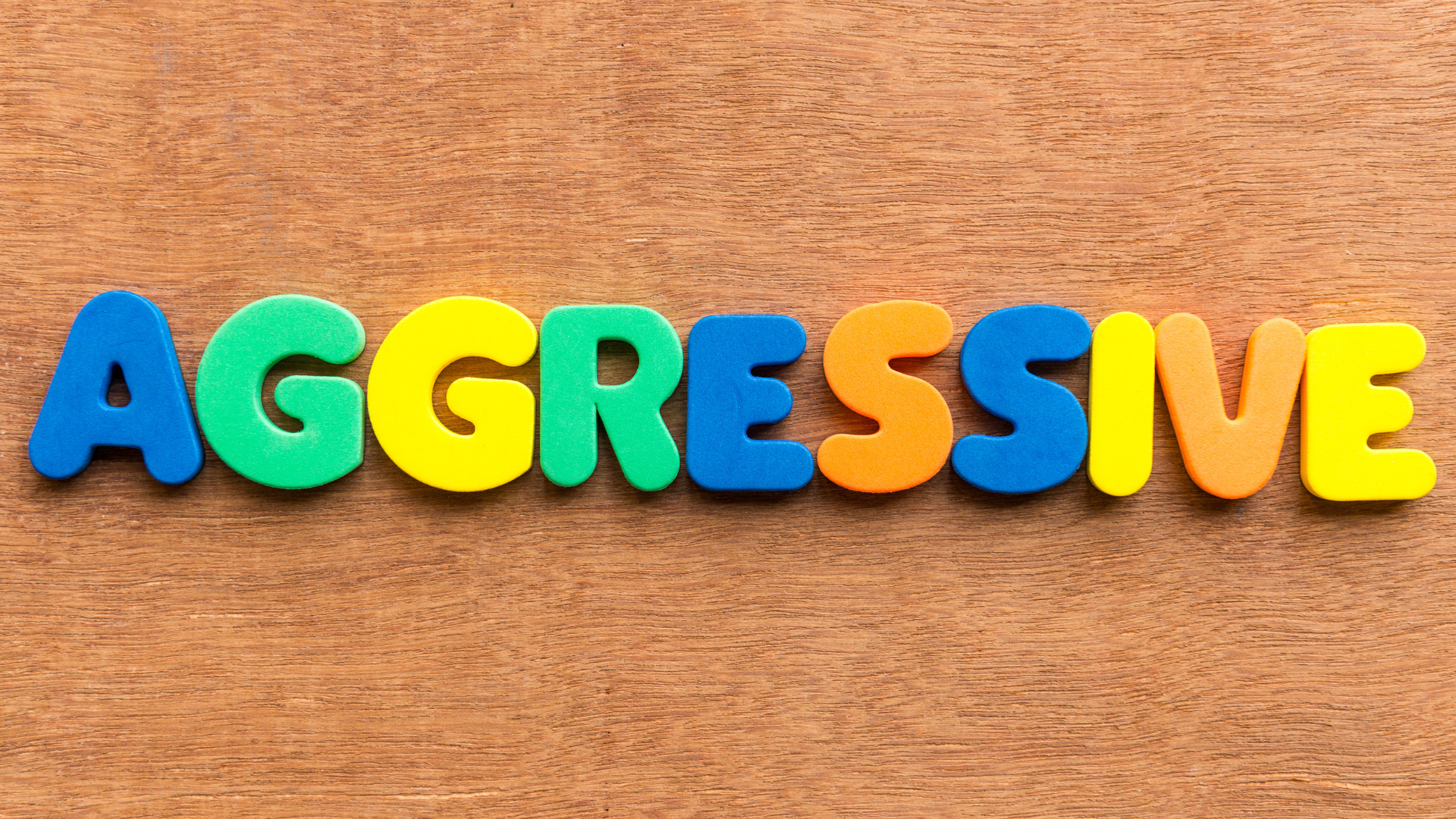
Intelligence for a Healthier Response
Aggression in children is a common challenge faced by parents, teachers, and caregivers. Whether it’s hitting, biting, yelling, or even verbal outbursts, aggressive behaviours can be concerning and difficult to address. However, behind every aggressive action is an emotion—frustration, anger, or feeling misunderstood—that needs to be processed and managed. Helping children develop emotional intelligence (EQ) is one of the most effective ways to address aggressiveness and foster healthier ways of expressing emotions.

As parents, we play a pivotal role in shaping our children’s emotional experiences. While feelings like joy, excitement, and pride are often celebrated, emotions like shame are more difficult to navigate. However, understanding and managing shame in a healthy way is crucial for emotional well-being and growth. Shame is a powerful emotion, and if handled poorly, it can have lasting negative effects on a child’s self-esteem and sense of worth.
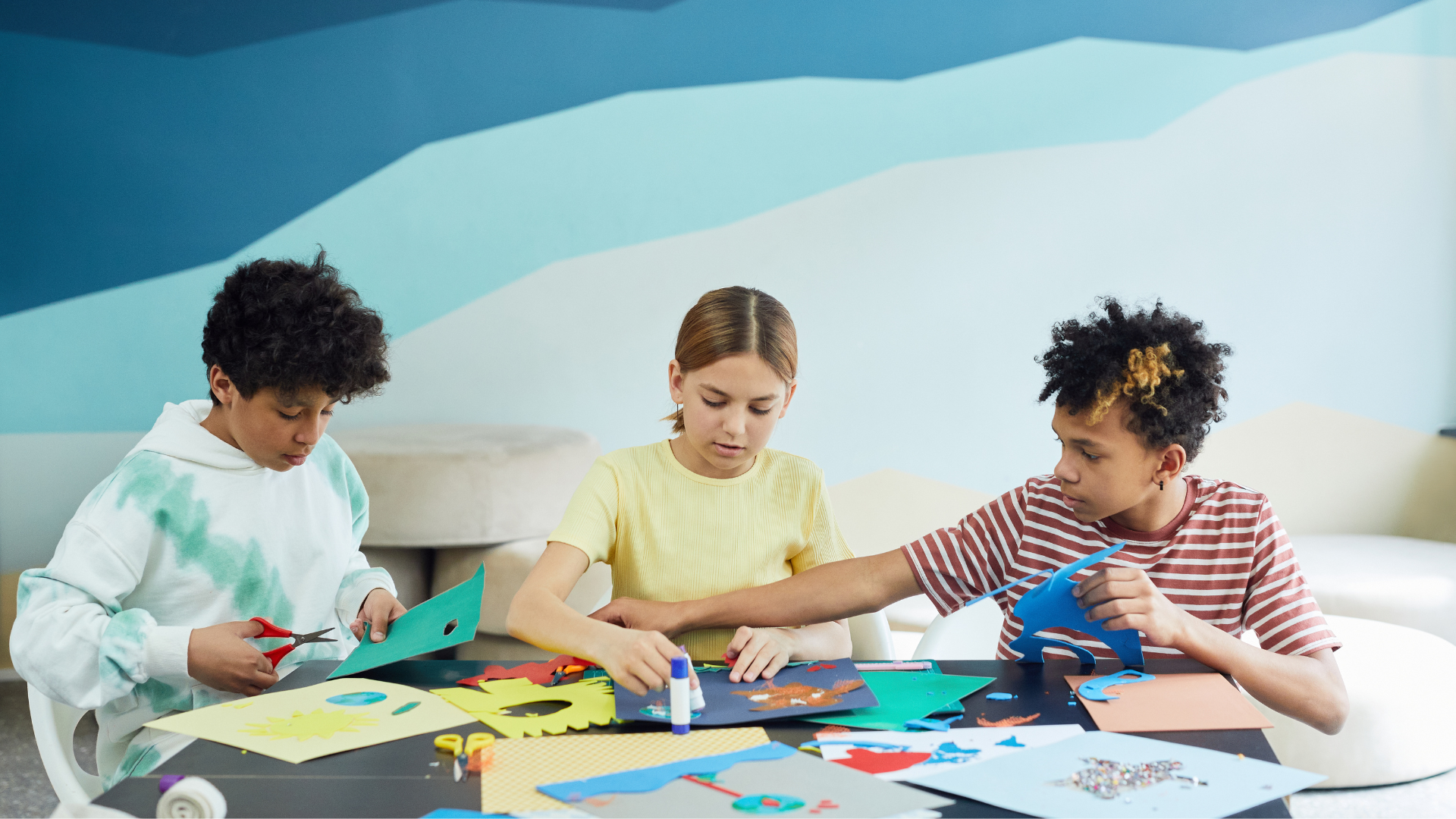
In today’s fast-paced, interconnected world, emotional intelligence (EQ) is more important than ever. It’s the ability to recognize, understand, and manage our own emotions, while also empathizing with others. High EQ is not just about being "nice"—it’s a skill set that helps people build meaningful relationships, collaborate effectively, and navigate life’s challenges. For children, developing emotional intelligence can be a game-changer, laying the foundation for not only strong social skills but also essential life skills that will benefit them for years to come.
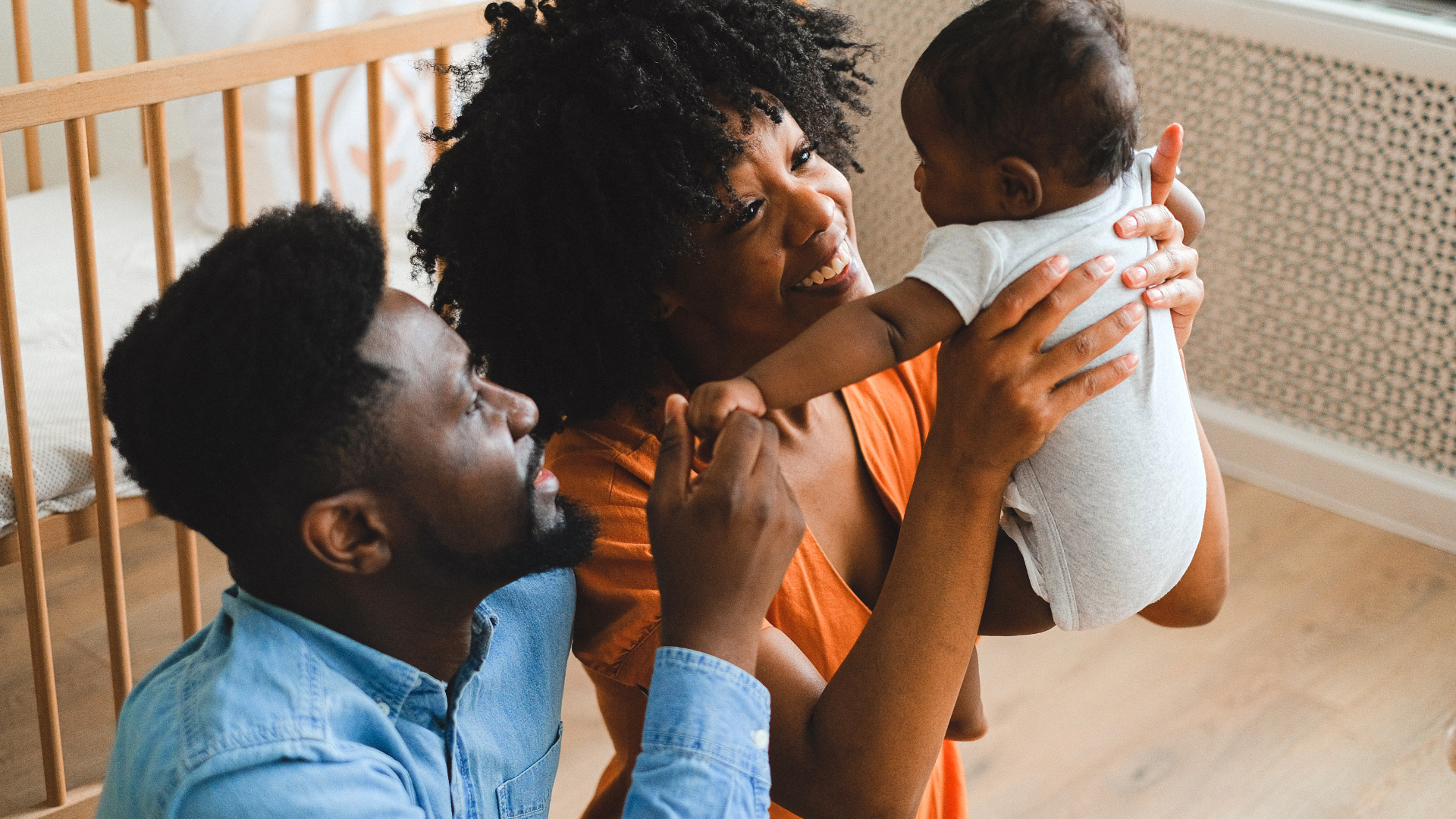
Children learn more from what their parents do than from what they say. This principle is especially true when it comes to emotional intelligence (EQ). As children observe and interact with their parents, they develop the foundations for understanding, expressing, and managing their own emotions. A parent’s level of emotional intelligence can profoundly shape their child’s emotional development, influencing how they navigate relationships, handle challenges, and express themselves.
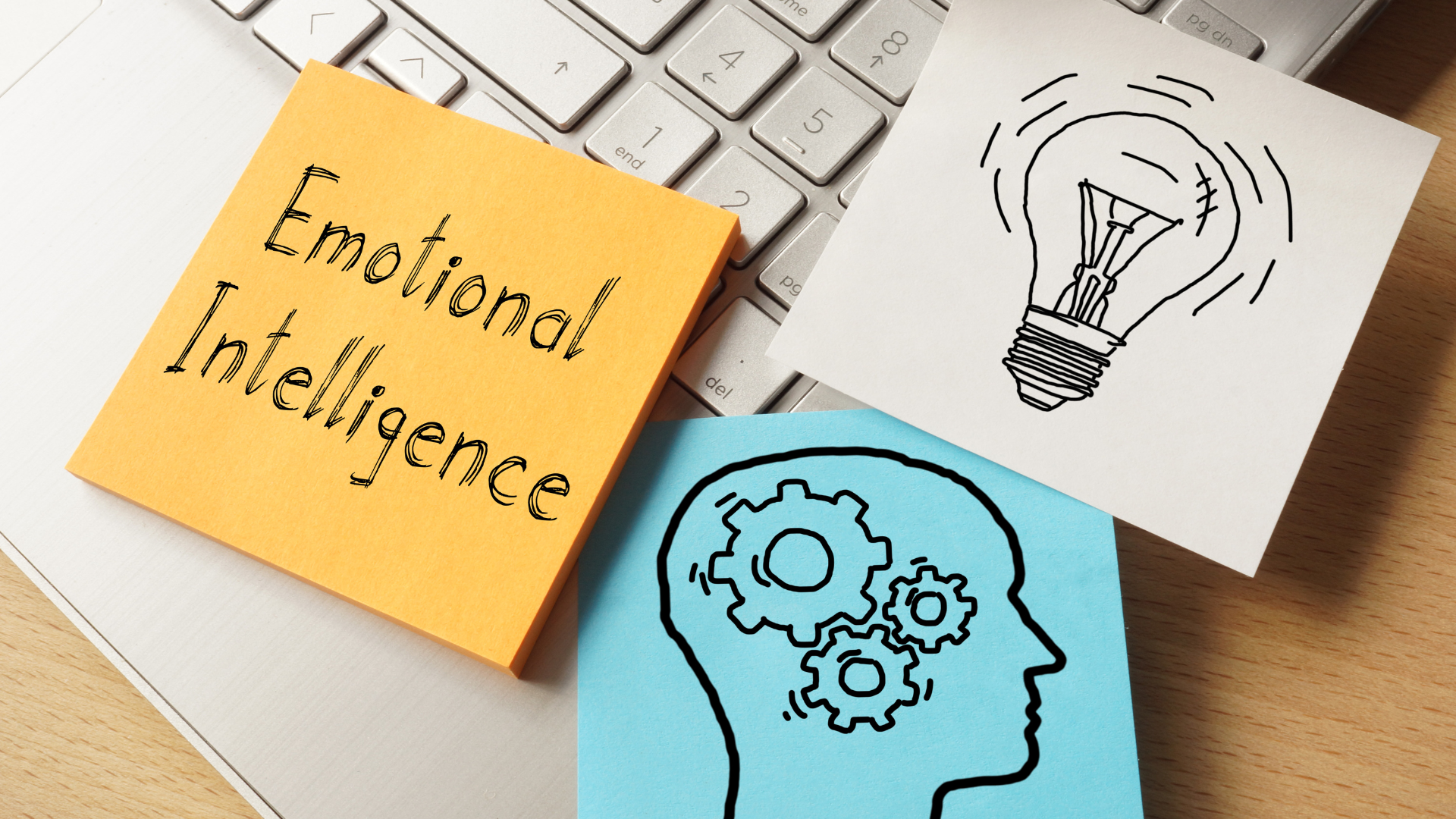
Academic success is often associated with intellect and hard work, but there’s another vital ingredient that’s often overlooked: emotional intelligence (EQ). EQ refers to the ability to recognize, understand, and manage one’s emotions, as well as empathize with others. It plays a significant role in shaping how students approach learning, handle challenges, and interact in academic settings.
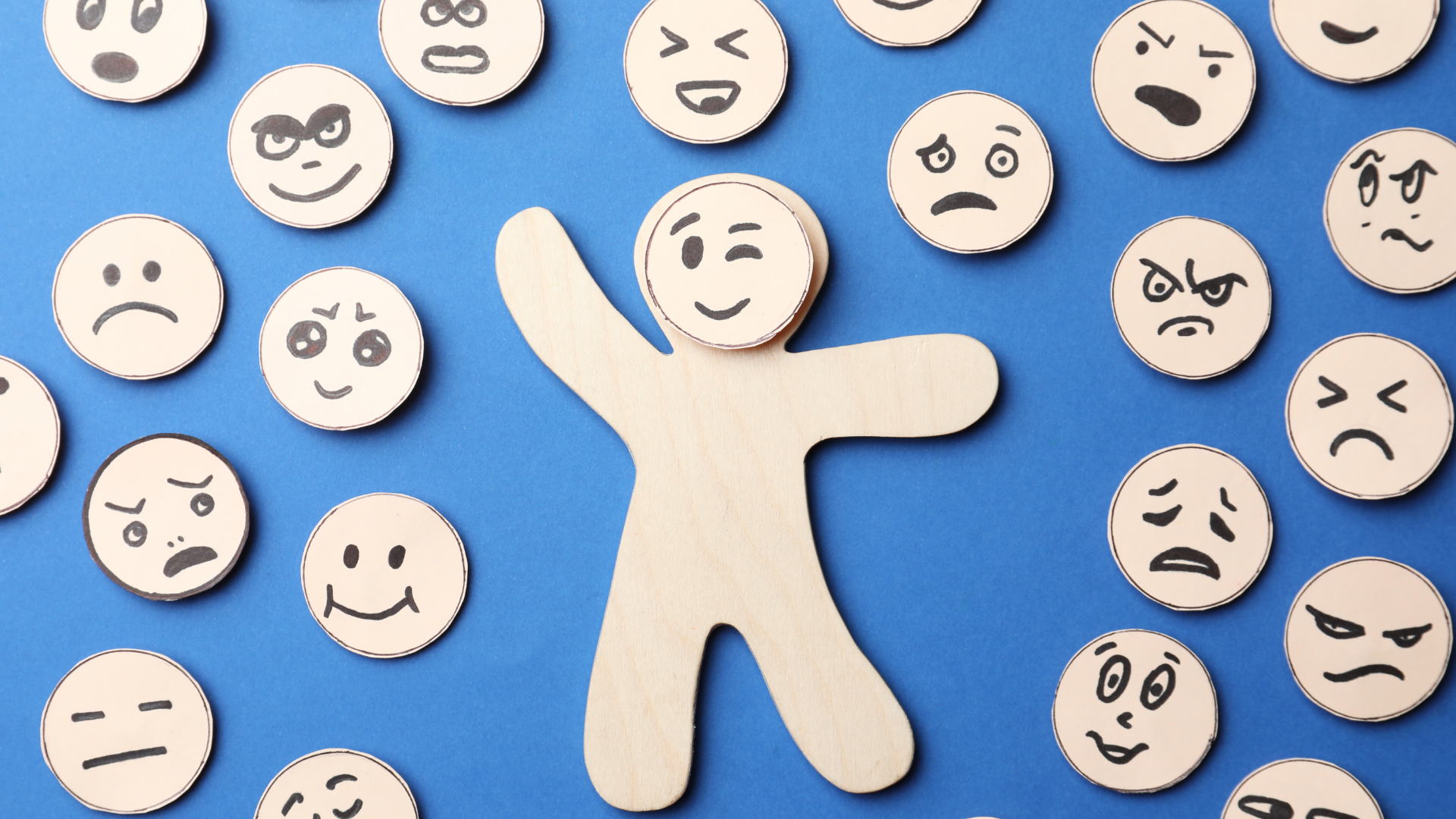
In a world increasingly driven by connection, collaboration, and empathy, emotional intelligence (EQ) is no longer an optional skill—it’s a necessity. EQ encompasses the ability to understand, manage, and express emotions while recognizing and respecting the feelings of others. For children, these abilities are foundational to success not just in relationships but in academics, careers, and personal well-being.
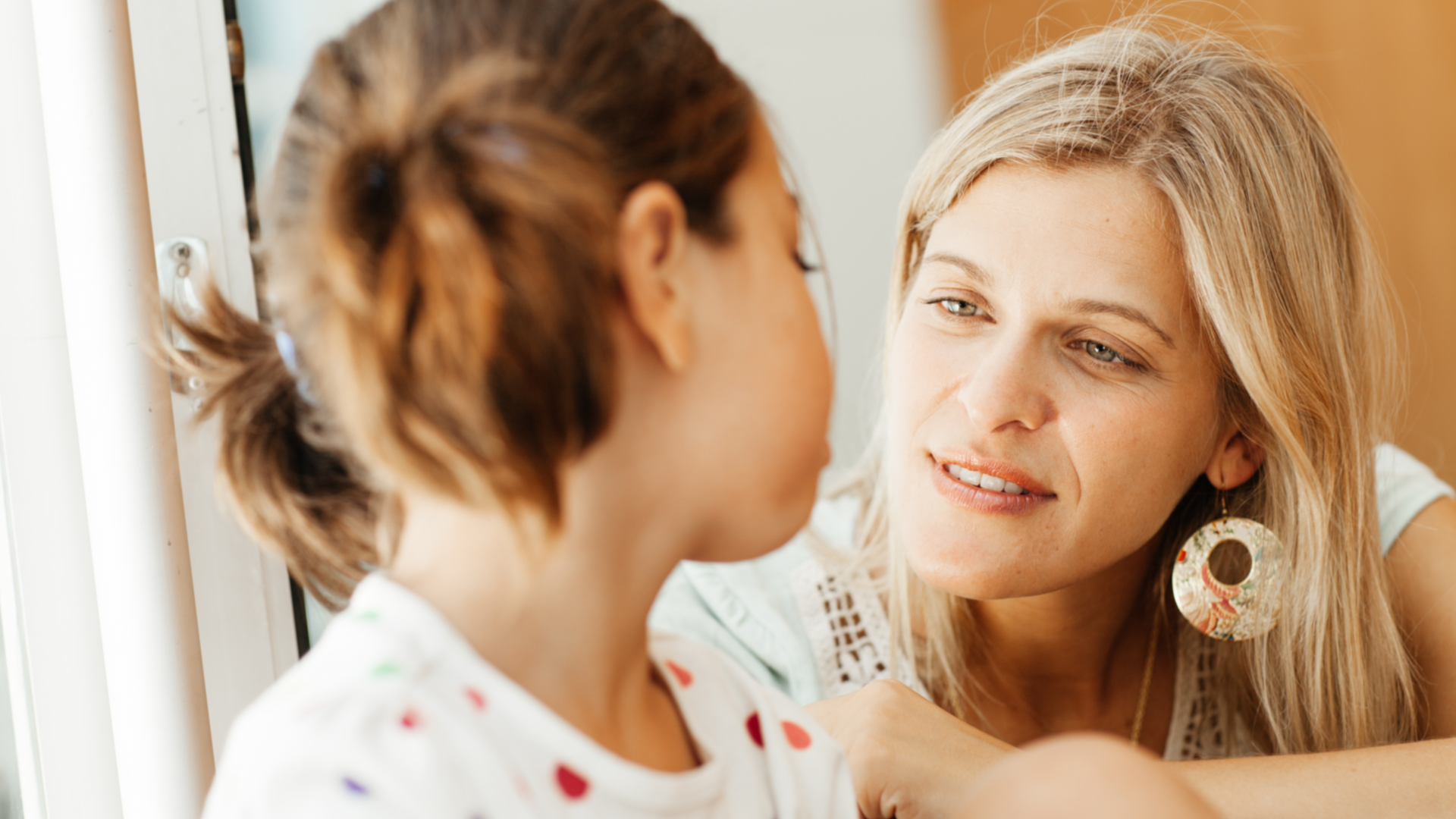
Helping young children take emotional responsibility for their actions is one of the most meaningful lessons parents and caregivers can teach. Emotional responsibility involves recognizing one’s feelings, understanding how those feelings impact behaviour, and taking ownership of actions and their consequences. For young children, this can be challenging, but with patience and the right strategies, they can learn to navigate their emotions while developing empathy and accountability.

Biting is a common yet challenging behavior among preschool-aged children. While it can be distressing for parents, caregivers, and other children, it’s important to understand that biting is often a developmental phase. For young children who are still learning to express themselves verbally, biting can be a way of communicating frustration, seeking attention, or exploring their environment.
